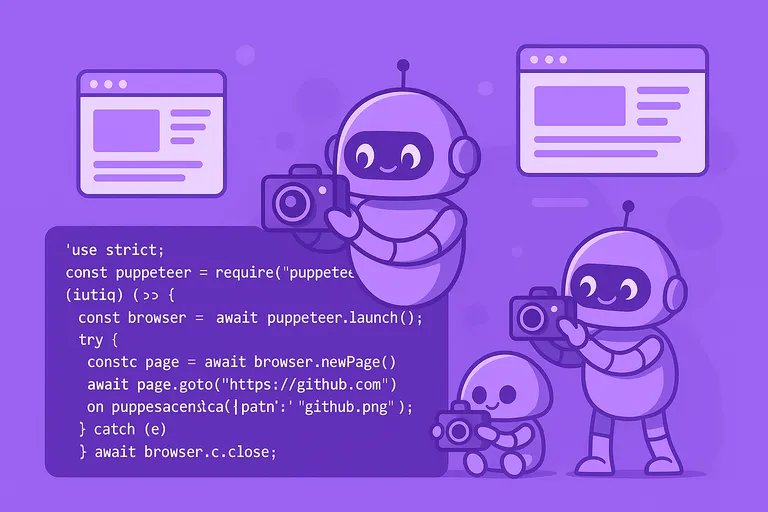Playwright is the more robust and flexible option for general-purpose web automation and testing, while Puppeteer remains a solid choice for Chrome/Chromium-centric projects or when developer familiarity is a key factor.
Playwright
Playwright, a web automation framework, was introduced by Microsoft in January 2020. The development team behind Playwright had previously worked on similar projects like Puppeteer at Google.
Since its inception, Playwright has been actively maintained and has experienced rapid growth and widespread adoption within the web testing community.
Puppeteer
Puppeteer is an open-source project that was initially developed and released by the Chrome DevTools team at Google in 2017. While Puppeteer is owned by Google, the current development and contributions come from developers all over the world, not just those affiliated with Google.
It is basically a Node.js library which provides a high-level API to control Chrome/Chromium over the DevTools Protocol.
When to use Playwright
Playwright is generally the better choice in the following scenarios:
- If you need to automate websites across multiple browsers (Chrome, Firefox, Safari, etc.), as Playwright provides cross-browser support out of the box.
- If you require parallel test execution, as Playwright supports running multiple tests concurrently.
- If you prefer to use a language other than just JavaScript, as Playwright supports multiple programming languages like Python, Java, and C#, while Puppeteer is JavaScript-only.
- If you need more advanced browser capabilities like multi-context browsing and browser extension support, which Playwright offers.
When to use Puppeteer
Puppeteer may be the better choice in these cases:
- If you are only targeting Chrome/Chromium-based browsers and don’t need cross-browser support.
- If you have a limited time frame and need to leverage Puppeteer’s more established community, documentation, and ecosystem.
- If you already have developers familiar with Puppeteer and don’t want to invest in learning a new tool.
Code examples
Both libraries have similar APIs, with a few exceptions.
Playwright
An example of rendering screenshots with Playwright:
const { chromium } = require("playwright");
(async () => { const browser = await chromium.launch(); const page = await browser.newPage();
await page.goto("https://www.example.com");
await page.screenshot({ path: "example.com.png" });
await browser.close();})();Puppeteer
An example of rendering screenshots with Puppeteer:
import puppeteer from "puppeteer";
(async () => { const browser = await puppeteer.launch(); const page = await browser.newPage(); await page.goto("https://example.com");
await page.screenshot({ path: "example.com.png" });
await browser.close();})();The key difference
The main difference is that Playwright has a more powerful and intuitive API compared to Puppeteer, with features like automatic waiting and parallel test execution. Because of its design philosophy as a testing framework.
Summary
Playwright offers robust and flexible web automation across multiple browsers and supports several programming languages, making it ideal for complex, multi-browser testing scenarios.
But Puppeteer is tailored for Chrome/Chromium browsers and benefits from a strong community and extensive documentation, making it suitable for projects with these specific needs.
The choice between Playwright and Puppeteer depends on the browser requirements and the programming environment of the project, with Playwright providing more advanced features like parallel test execution and multi-context browsing.




